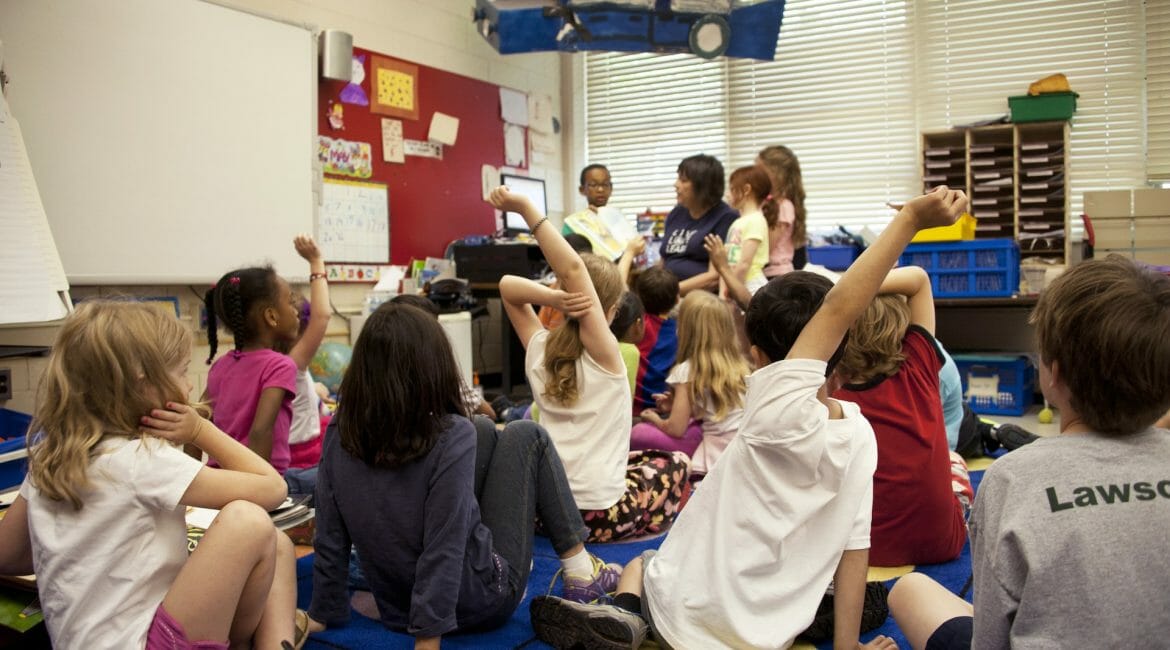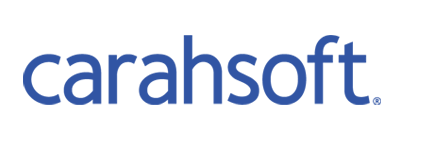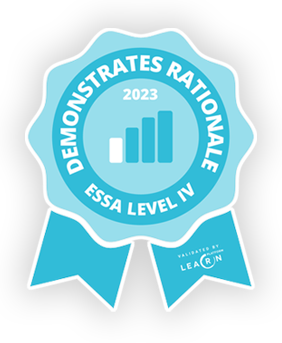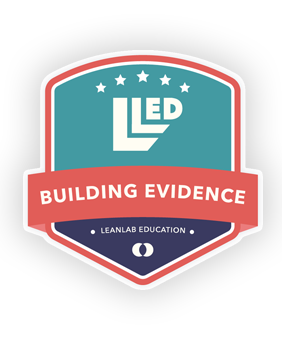Everyone likes to be told they are doing a good job, especially when learning something new or something that takes a lot of effort. Having someone recognize our hard work motivates us to keep learning and putting in the effort needed. As adults, getting a gold star is most likely not a motivating factor, but fitness apps certainly use the concept when we reach our daily 10,000 steps and get a congratulatory emoji or an electronic fireworks display. It is an example of positive reinforcement motivating us to continue our healthy habits.
Positive reinforcement in the classroom works somewhat the same way, but as a classroom management tool and a teaching method, positive reinforcement in education becomes more than just a gold star or a congratulatory nod. It is a positive reinforcement system that works to not only motivate continued effort, but to support changing classroom behavior for the better.
Defining Positive Reinforcement in the Classroom
Positive reinforcement in the classroom is based on the theory of operant conditioning developed by behavioral psychologist, B.F. Skinner in the late 1930s. It has been used to develop the theory of positive reinforcement in school as an effective behavior management technique. The theory focuses on what students do well instead of on misbehavior, with the idea that it helps support continued effort and better behavior. The technique is applied by rewarding students for their accomplishments and good behavior in the interest of motivating them to:
- Change their negative behavior
- Practice employing good behavior
- Focus their efforts on continuing to achieve further accomplishments
In practice, classroom positive reinforcement applies this behavioral theory to connect a specific positive behavior to a desirable consequence with the goal of encouraging the reoccurrence of the positive behavior. The theory posits that reinforcing the stimulus that encourages the behavior increases the probability of the behavior being repeated. In other words, a pleasant or desirable reward is added when a specific action or behavior is done, which in turn increases the likelihood of the action or behavior continuing to be done. (https://www.simplypsychology.org/positive-reinforcement.html)
In school, this theory is applied to classroom management and teaching to encourage students to practice their efforts towards positive behavior and achievements instead of towards misbehavior and lack of effort.
The Importance of Creating a Positive Environment
Positive reinforcement in the classroom helps support a safe and positive environment in the classroom to facilitate your students’ learning journeys. Creative teaching practices that engage students within that positive environment are a vital part of the learning journey as well. Applying a creative approach to learning, like how Livestream Learning Studio engages students in fun and dynamic ways, can also act as a positive reinforcement within your classroom environment and further benefit your students’ learning journeys.
What Does Positive Reinforcement in the Classroom Look Like in Practice?
For a teacher, positive reinforcement is all about timing and delivery. The reward needs to be age-appropriate and genuine, otherwise the student may not understand what is being asked of them or will not believe the reward to be real. It is also important for the reward to closely follow the occurrence of the desired behavior. The purpose is to motivate students to actively employ positive behaviors and to model those behaviors for each other.
Classrooms, however, are principally filled with students, not just teachers. The environment of the classroom also lends itself to peer-to-peer reinforcement, as well as what is given or directed by the teacher. A positive reinforcement classroom is one where students have the opportunity to encourage each other towards positive behavior change along with the teacher. This peer-to-peer encouragement can be seen as a form of secondary reinforcement.
An example of positive reinforcement teaching is encouraging specific actions in the classroom through group reward. This may include having a classroom bucket that gets filled with a token, such as a marble or a pompom, every time students display specified behaviors, like putting materials away or completing certain tasks. When the bucket is filled, the class gets a stated reward, like a classroom party or extended recess time.
Another example may look like a team competition where students earn points for their team by showing behaviors deemed appropriate and productive in the classroom and towards each other. A running tally of the earned points can be displayed with a reward for the team with the most points after a specified period of time.
You can also view thanking a specific student for their positive behavior, such as walking calmly down the hallway while others are running, as another example of using positive reinforcement in the classroom. Instead of saying, “Don’t run in the hallway,” you can say, “Thank you, (insert student name), for walking so calmly in the hallway.” This both highlights the positive behavior being demonstrated and rewards the student with a shout-out and a thank you.
Positive reinforcement in the classroom does not always have to be said out loud or shared with the whole class. It might take the form of a written thank you note when a student has shown exceptional kindness towards another student or achieved a milestone in their work, like reading a certain number of books. This note can be a source of pride for the student and they can share it with their peers if they choose.
All of these examples use positive reinforcement and peer-to-peer secondary reinforcement as classroom management tools, as well as motivators for students to learn and practice positive behaviors. This approach encourages students to change behavior without pointing out or giving attention to negative behavior.
Different Types of Positive Reinforcement
Positive behavior reinforcement in the class can take on many different forms. These forms can be categorized into five different types of reinforcers:
- Direct
- Social
- Activity
- Tangible
- Tokens
Direct Reinforcers
This is the type of reinforcement that occurs as a direct result of appropriate behavior with peers. Students who play well together are naturally reinforced to continue to play well together because not only do they experience enjoyment but also social acceptance and peer approval.
Social Reinforcers
Another form of positive reinforcement in school is through social reinforcers. This type of reinforcer is mediated by an outside figure such as a teacher, a parent, or another adult. It takes on the form of expressions of praise or approval when appropriate behavior or effort is displayed by the student. The reward is experienced by having good behavior recognized and praised within the classroom. The “thank you for walking calmly in the hallway” example above is one way to use social reinforcers. Others may include written notes, smiling, nodding, a pat on the back, a high-five or a simple “great job” shout-out.
Activity Reinforcers
This type of reinforcer is a way to reward good behavior and productive effort in the classroom by allowing students to participate in an activity of their choice. This can include a game, sitting in a special chair to read a book, time to create an art project, or play a sport with a friend. The purpose is for the student to have autonomy and time during the school day to choose to do something they prefer instead of something they are assigned to do. It is a privilege they have earned through positive behavior, and they get to enjoy it.
Tangible Reinforcers
This type of reward includes tangible things that the student is given because they employed appropriate behavior or achieved a particular goal. Tangible reinforcers include awards, desirable food, a chance to display their work in a place of honor, a letter home singing their praises, or a choice of small toys or stickers from a prize box. It is something tangible the student can point to that helps reinforce positive classroom behavior.
Token Reinforcers
This type of reinforcer falls into the category explained above with the team earning points towards a specified reward or the class as a whole earning a token that goes into a jar. This can also be applied to individual students as well. The idea is to accumulate awarded tokens over time, whether as a team, as a whole class, or as individuals. These accumulated tokens then add up to something valuable, like a classroom party, dance time at the end of the day, or the chance to listen to music while working on a project.
Positive Reinforcement vs. Negative Reinforcement
We have spent quite a bit of time discussing positive reinforcement, but for every positive there always seems to be a negative. So is there negative reinforcement in the classroom? If so, what does it look like?
An increase in appropriate behavior is the goal of positive reinforcement in the classroom through using the type of positive reinforcers already explained. A negative reinforcer works when a positive behavior is employed in order to have a negative consequence removed. This can look like a student putting all of their materials away at the appropriate time to avoid having to stay in during recess to do it.
There is also an unintended way to positively reinforce bad behavior. This is referred to as a positive reinforcement trap (https://dragonflypsych.com/articles/the-nuts-bolts-of-behavior-management). It occurs when attention is given to inappropriate or adverse behavior, which acts as a reinforcer that increases the chances of it being repeated.
For example, if a student blurts out answers instead of raising their hand and the teacher continues to call on the student and draw attention to their blurted answers, it can act as a positive reinforcement of a negative behavior. A focus on negative behavior in the classroom often reinforces that behavior.
Positive reinforcers stimulate good behavior through the addition of something positive and encouraging. Negative reinforcers act more as deterrents by encouraging good behavior through the removal of something negative.
Best Practices for Positive Reinforcement in the Classroom
Overall, the use of positive reinforcement in the classroom is a technique designed to change student behavior and sustain its use over and over again. The technique acts as a tool for teachers to help students grow more and more willing to employ positive behavior and effort while in school. This positive reinforcement classroom management technique can support classroom learning, especially if you follow some useful best practices.
Be Consistent, Not Continuous
Figuring out how often to use positive reinforcement can mean the difference between a successful technique and one that can muddle student achievement. Continuous reinforcement can undermine the usefulness of the technique. If students are rewarded every time they display a positive behavior, they can become complacent and expect a reward every time they do anything. This can lead to diminishing the employment of positive behavior instead of increasing it.
If you continuously offer too many reinforcers and then curb their use, students may also become frustrated, feel they have done something wrong, or feel like they are being unfairly punished for employing positive behaviors and cease doing so. This has the opposite effect of why you use positive reinforcement in the classroom in the first place.
The goal is consistency and setting a level of expectation for behavior that is age-appropriate, reachable, and specific. Setting reasonable expectations and clearly defining what they are and how to achieve them is important. Then, sticking to a consistent system of reinforcement will support consistent good behavior.
Reward What’s Done Well
Remember that the point of using positive reinforcement in the classroom is to not only encourage good student behavior and academic effort, but also increase the probability of that behavior and effort continuing. One thing that can undermine appropriate behavior and effort from students is when they are not held to their end of the bargain. In the positive reinforcement system, students are expected to do well and behave well. If students are rewarded even if they do not do well or can do whatever they like and still receive a reward, then the whole process falls apart. It is vital to reward what’s done well and not whatever is done.
Be Specific
Pointing out what a student is doing well in specific and concrete ways helps clearly define behavior and expectations. A vague “good job” holds much less value than a “good job on solving the new math problems you have been working on this week.” The more specific praise gives a student a specific accomplishment to attach the praise to. It also helps them feel seen and recognized. This specificity is much more likely to feed the probability of a student’s continued effort.
Add Variety
Variety happens in two ways within the positive reinforcement technique. First, using the same praise or reinforcer over and over again can grow tired and may diminish the use of good behavior and effort over time. Add variety to the praise and type of reinforcer you use. Make sure you also vary who receives positive reinforcement. If the same handful of students receive all the praise and rewards in a classroom, the rest of the students will stop trying to employ appropriate behavior. Forgetting to spread the rewards around can undermine positive reinforcement as a classroom management tool.
Apply a Balanced Approach
All and all, as with most things, positive reinforcement in the classroom is best done with a balanced approach. Rewarding students too often for easily repeated behaviors is going to eventually wear thin, with an end result of discouraging students instead of motivating them. This can also be true if the size of the reinforcer outweighs the effort to achieve the behavior. In the end, students will often show what types of reinforcers work best for them, and their positive behavior and efforts toward achievement will speak for themselves.





